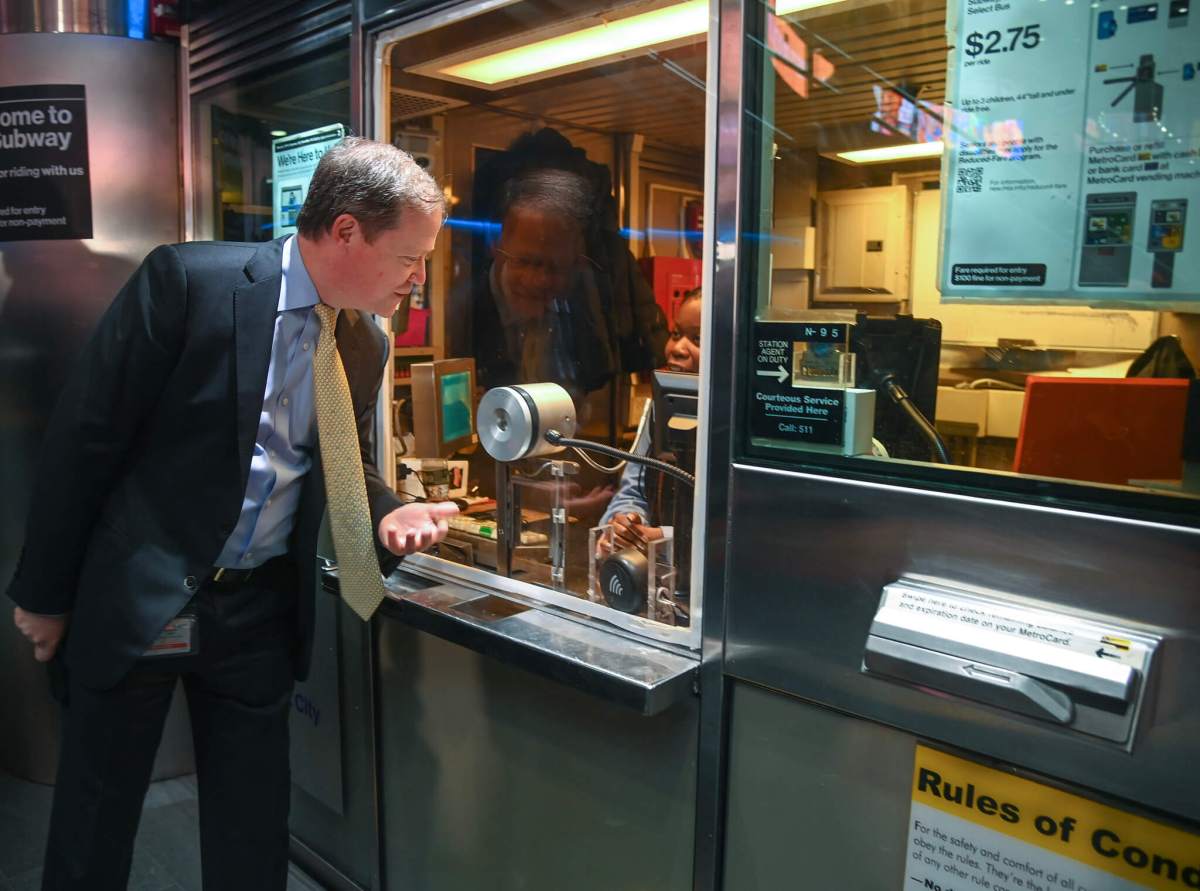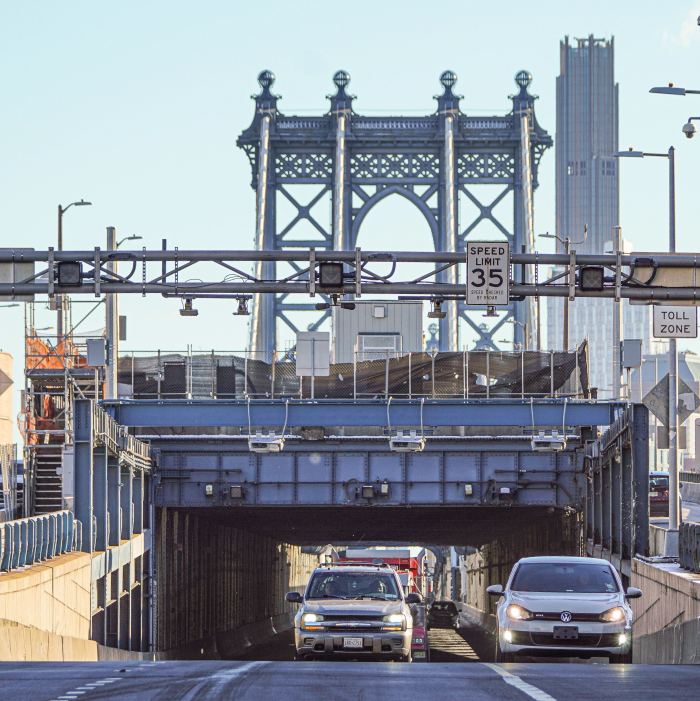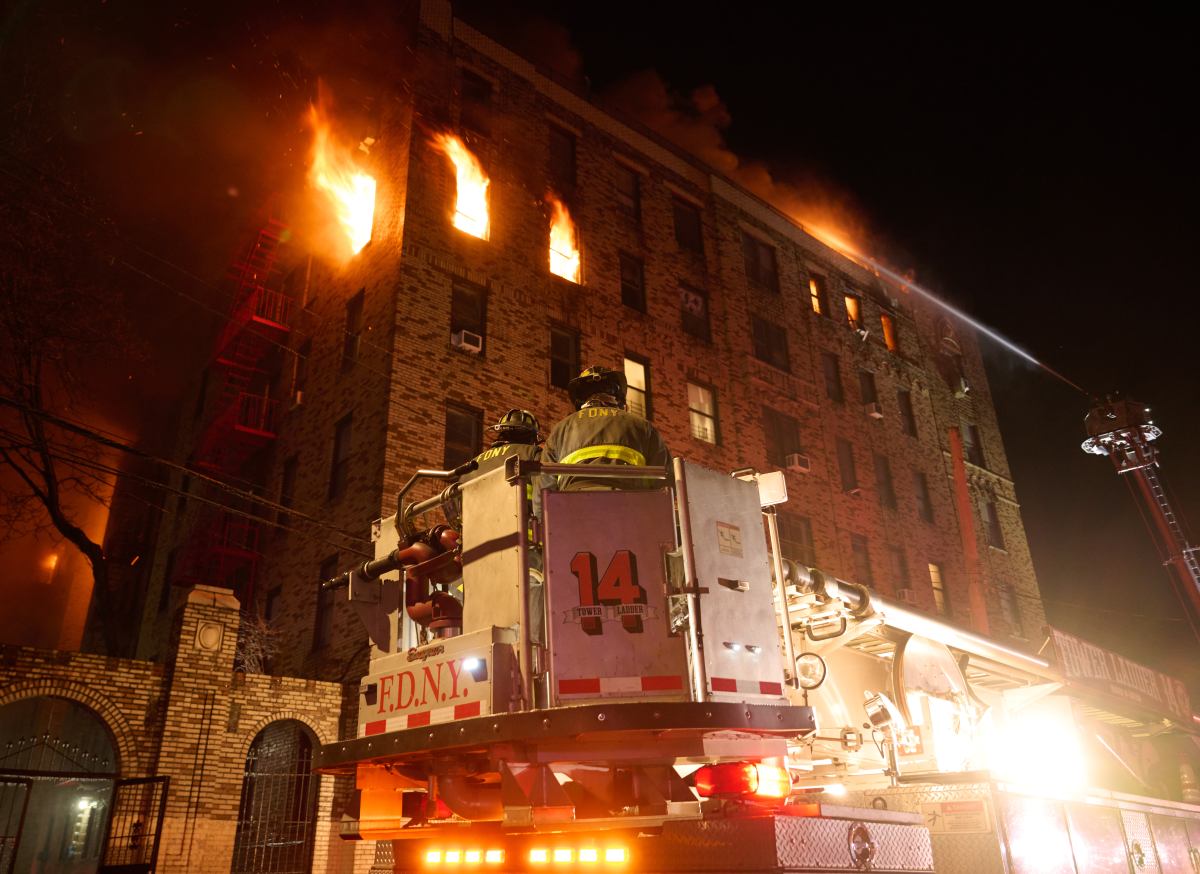Subway station agents will have a new role to play starting next year, leaving the confines of their glass-encased token booths to perform most of their customer service duties.
The MTA announced Thursday it had struck a deal with Transport Workers Union Local 100, which reps thousands of the authority’s rank-and-file employees, to transform the role of the station agent into a more mobile position, assisting riders all throughout stations instead of being stuck in one spot.
Authority and union honchos say the move is necessary as the MTA implements OMNY, which is set to fully replace the MetroCard by the end of next year.
MTA bigs say leaving the enclosed booth — where agents interact with riders through a glass window using a microphone — will enable the authority to more directly engage with and assist commuters, especially those new to the system or who are struggling to figure out the new contactless payment system.
“Making sure that we’re able to communicate with our customers effectively, to help them around our complex system, to help them with our coming OMNY system soon, to be able to provide directions, to be our eyes and ears in our station. That’s what today is about,” said MTA NYC Transit President Richard Davey at a Thursday press conference in Lower Manhattan. “It’s about the station agents of the future, a critically important part of who we want to be at New York City Transit, which is customer-facing first.”
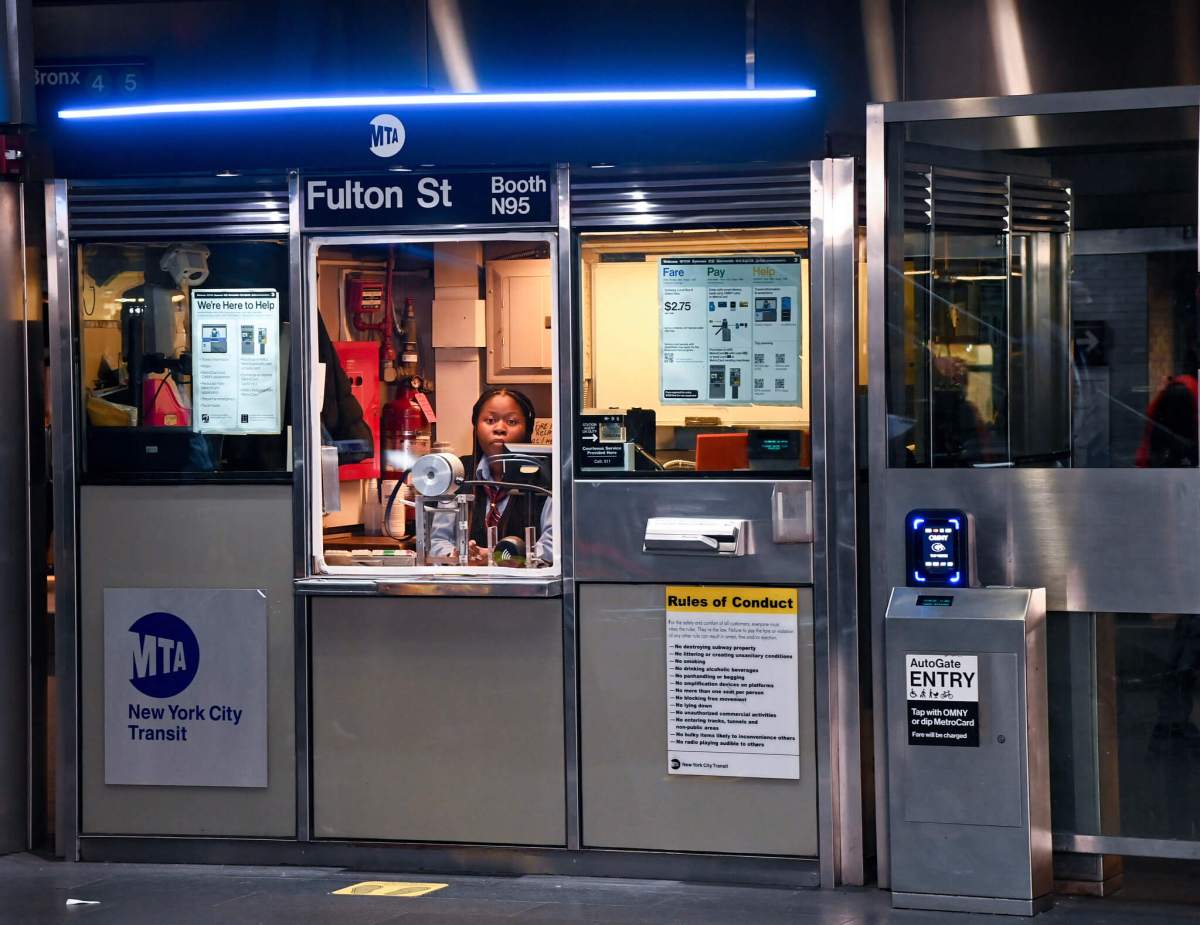
The new duties will have agents spending the majority of their shift on the platform and fare gates assisting customers, Davey explained, though the booth will still be available for storage and for communication purposes. Agents are currently being trained on their new duties, which are expected to be implemented early next year.
“Being able to move about, I think, is a far better approach than being stationary behind a booth, with very limited view,” Davey said.
For the union, meanwhile, the agreement represents a commitment to job security for its members as the internet renders many of the past duties of station agents obsolete.
“First and foremost this is about protecting the employment of our station agents so they can continue to provide for their families,” said Robert Kelley, vice president of the Stations Department at Local 100. “The OMNY posed a very serious threat. We refused to get left behind like the MetroCard and the tollbooth clerks at Bridge & Tunnel. So we’re going to move forward. We feel very confident that our agents are gonna provide the service that they need to provide. And as we move forward we know that they’re going to be a vital part of the new way of doing business.”
No booth agents will be laid off as a result of the new duties or implementation of OMNY, Davey said, even with the MTA facing a financial crunch. In fact, the MTA has hired 288 new station agents this year and intends to hire 235 more in 2023. Agents will also see their hourly wages rise by $1.
For years, the future of station agents and the token booth had been in doubt as fewer and fewer riders engaged with clerks for assistance, with many now soliciting answers to their questions from the infinite knowledge of Google.
Most riders were already filling their MetroCards on machines instead of at the booth, a phenomenon exacerbated by OMNY as fare payments are tied directly to pre-existing bank accounts. Booth agents have not processed cash transactions since the start of the pandemic, and those will not be coming back, said Davey, though riders will still be able to use cash in the OMNY vending machines the authority will soon install.
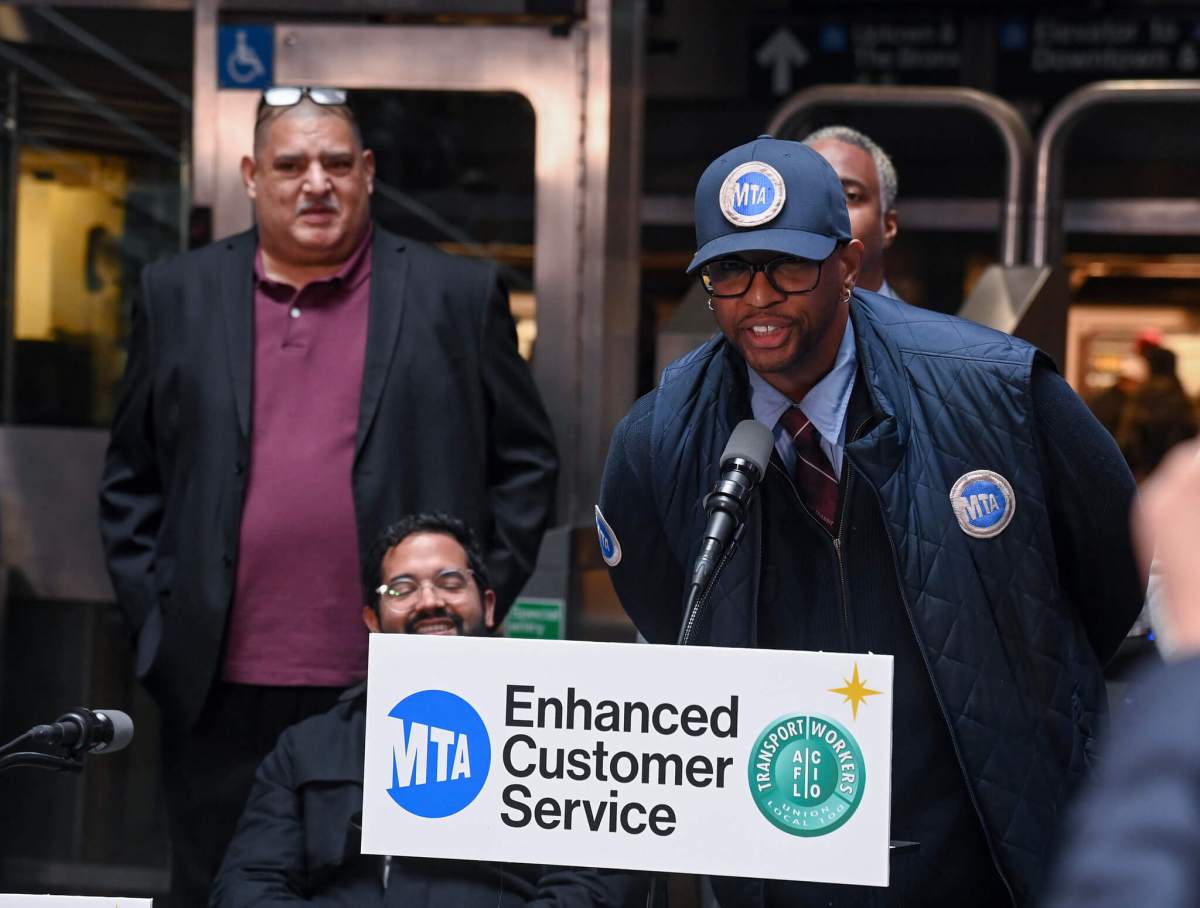
Dwane Boothman, a 19-year veteran station agent, said he’s glad he’ll still have a home at the MTA going forward and, despite his name, he’s excited to be leaving the booth and taking on a new role.
“New Yorkers get this bad rep of being mean and whatever,” Boothman told amNewYork Metro. “So you know, now we can come out here and show them, we got a customer service training, so we’re gonna come and show that.”
The Permanent Citizens Advisory Council to the MTA, the agency’s in-house rider advocacy group, sees the move as one that will both make better use of institutional knowledge and will improve the perception of safety in the system.
“Station agents are often the first face of the MTA that riders see when they enter the transit system. They know most about the stations and network they work in and around and are best equipped to help navigate the complex system,” said PCAC executive director Lisa Daglian, in a joint statement with MTA Board member Andrew Albert. “Having more people on platforms and walking around stations multiple times per shift also offers an extra sense of safety, which is particularly important as the MTA pushes to regain ridership.”
Read more: $10 Billion Midtown Bus Terminal Revamp



